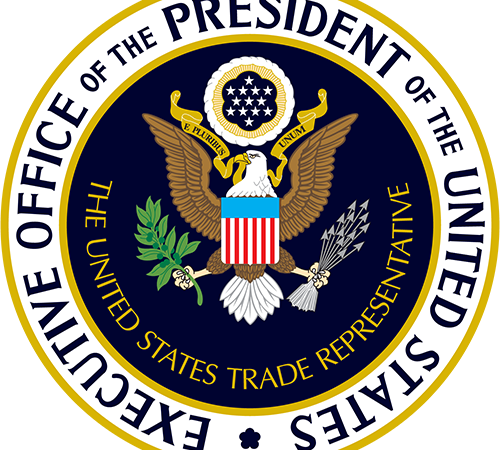The U.S. imported about $500 billion worth of goods from China in 2017, amounting to about 20 percent of all U.S. imports. To help obtain the elimination of certain Chinese trade practices, the Office of the U.S. Trade Representative (USTR), at the direction of the President, placed additional tariffs on certain products from China starting in July 2018.1 According to USTR, to mitigate the potential harm of these tariffs on U.S. companies and workers, the agency created, for the first and only time, a process for firms and other stakeholders to apply for specific products to be excluded from these tariffs. U.S. companies and members of Congress, however, have raised questions about the transparency and fairness of USTR’s administration of this process. We estimate that by the end of 2020, the U.S. government had collected almost $71 billion in such tariffs, while importers were able to forgo paying about $14 billion because of tariff exclusions.
You asked us to review how USTR decided to exclude products from China from tariffs under Section 301 of the Trade Act of 1974, as amended (Section 301).2 In this report, we examine what processes USTR used to review exclusion requests and extensions and describe how USTR evaluated tariff exclusion requests and extensions, and the outcomes of its decisions.
To examine USTR’s processes to review exclusion requests and extensions, we reviewed the agency’s internal training materials, as well as external guidance, such as Federal Register notices and USTR’s “Frequently Asked Questions” documents published on its website. We interviewed officials at USTR, U.S. Customs and Border Protection (CBP), and the U.S. International Trade Commission (USITC) about their roles in this process. We analyzed a non-generalizable selection of 16 case files as illustrative examples to determine how USTR documents and follows its processes. We randomly selected the cases from 31,664 exclusion requests and extension public comments submitted between June 2019 and August 2020 based on the various reasons USTR cited in deciding exclusion requests and extensions. For more details on our case file selection, see appendix I.
Results from nongeneralizable samples cannot be used to make inferences about a population, but can be used as illustrative examples. We assessed USTR’s implementation of the exclusion and extension processes against federal internal control standards related to documenting organizational responsibilities in policies.
To describe how USTR evaluated exclusion requests and extensions, and the outcomes of these decisions, we reviewed internal and external documentation about the factors USTR considered for these decisions. We reviewed case file examples to understand how USTR applied these factors. We also calculated relevant summary statistics on exclusion decisions using application and decision data from Regulations.gov and USTR’s exclusion portal. We also examined trade statistics from the U.S. Census Bureau (Census) and collected data on the requests and decisions for exclusions to examine how different product category characteristics, such as in end-use types, are associated with exclusion approval rates. We found the data to be reliable for our purposes by conducting several validity and sensibility checks before conducting our analysis. For more details on our objectives, scope, and methodology, see appendix I.
We conducted this performance audit from February 2020 to July 2021 in accordance with generally accepted government auditing standards. Those standards require that we plan and perform the audit to obtain sufficient, appropriate evidence to provide a reasonable basis for our findings and conclusions based on our audit objectives. We believe that the evidence obtained provides a reasonable basis for our findings and conclusions based on our audit objectives.
gaoTo read the original report from the U.S. Government Accountability Office, please visit here


